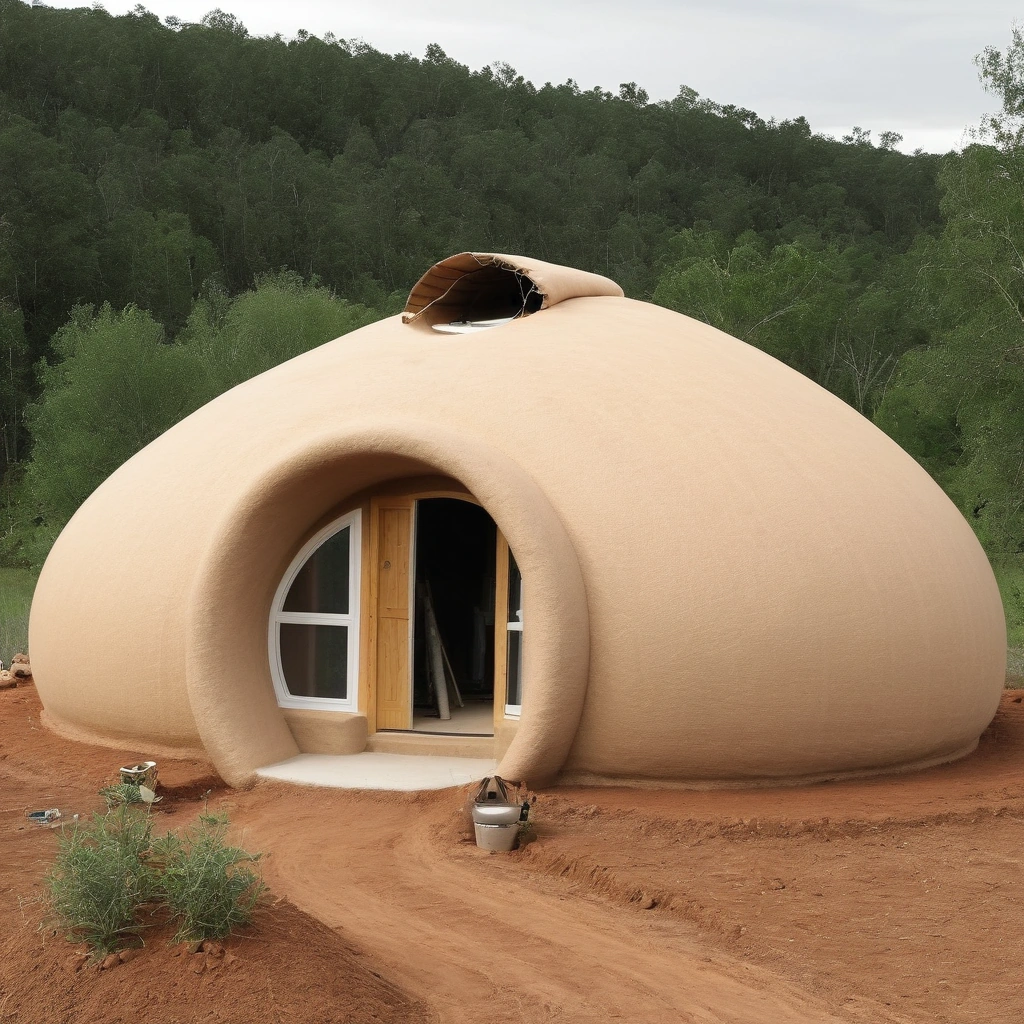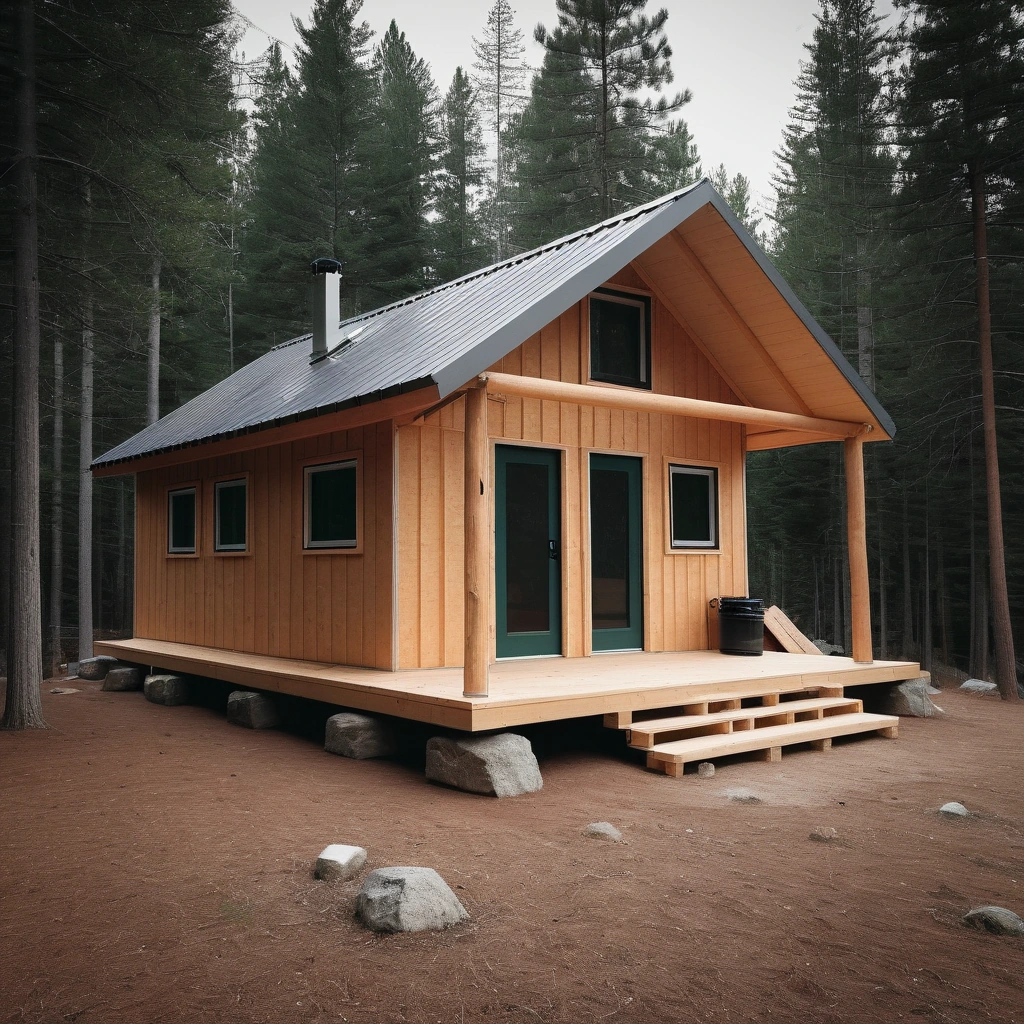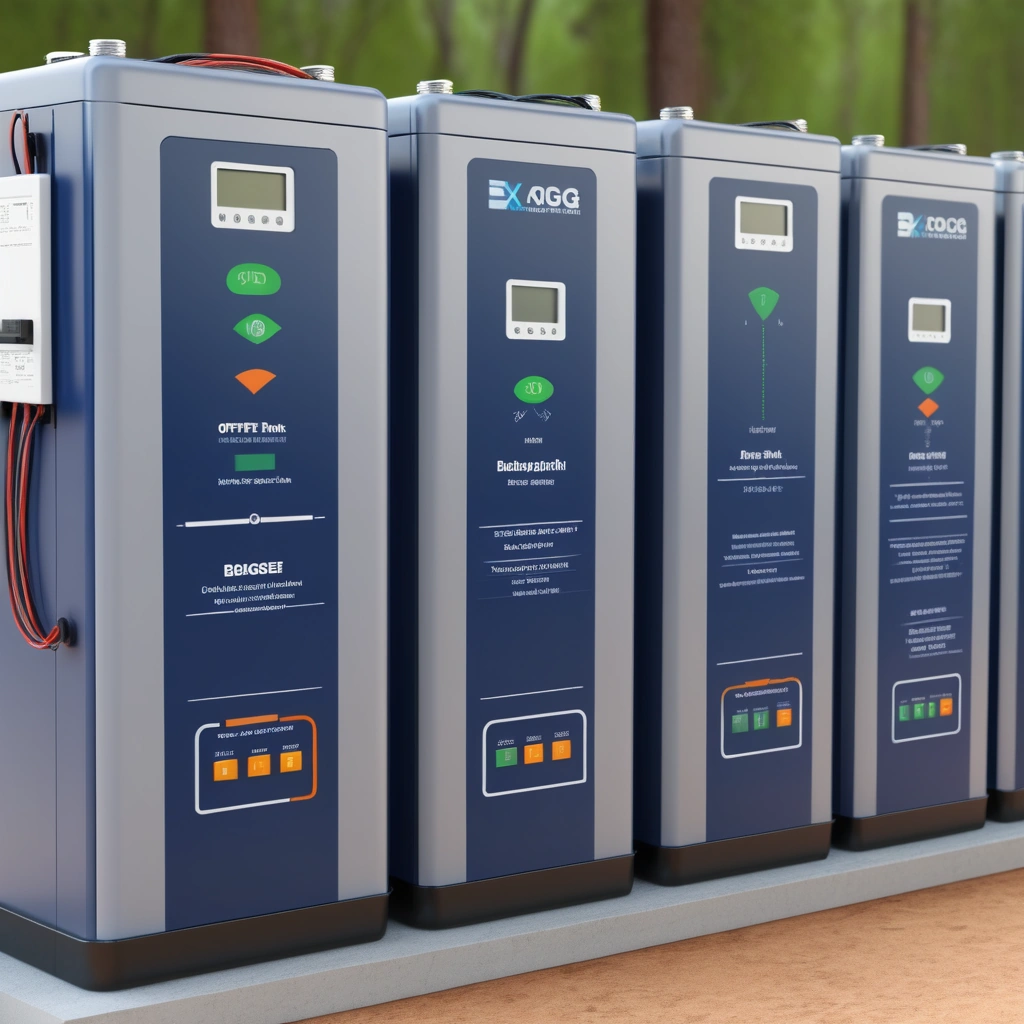The Complete Guide to Earthbag Homes for Off-Grid Living: Affordable, Sustainable, and Storm-Resistant Construction
What Are Earthbag Homes? Understanding the Fundamentals Earthbag construction uses polypropylene bags (the same material as sand bags used for flood control) filled with moistened soil and stacked like oversized bricks to create walls. Each course of bags is tamped to compress the soil, creating dense, stable structures. Barbed wire placed between courses provides tensile









